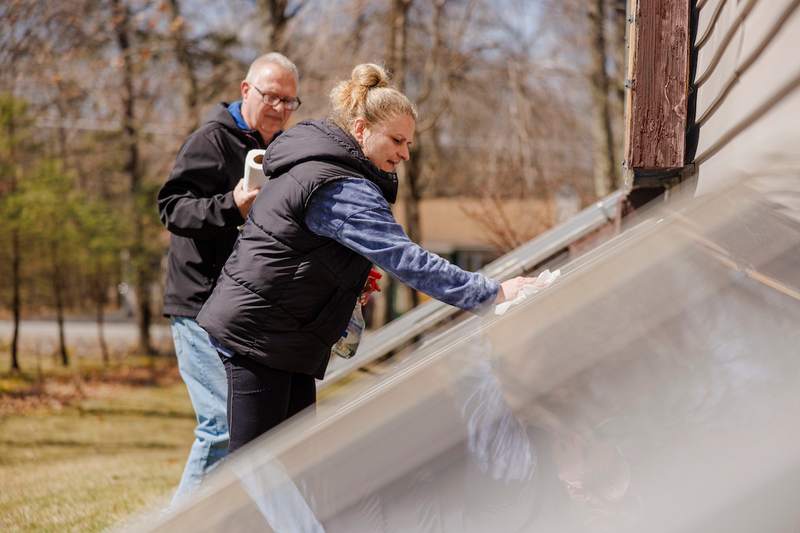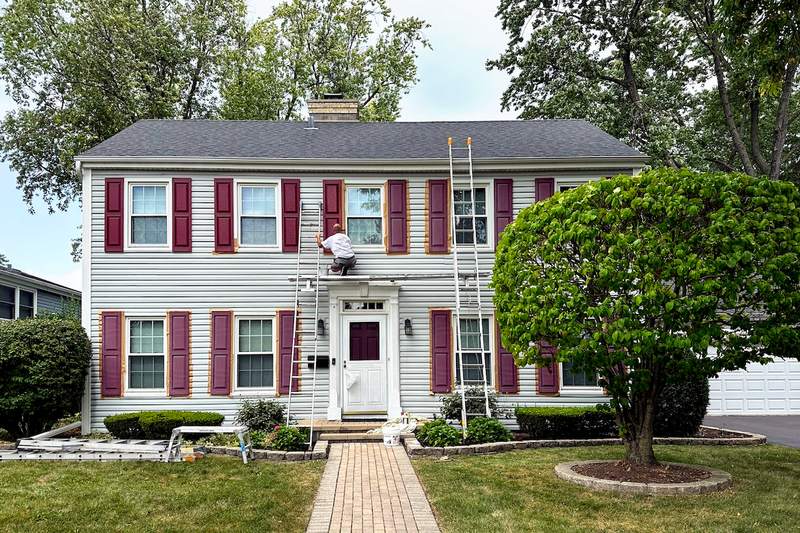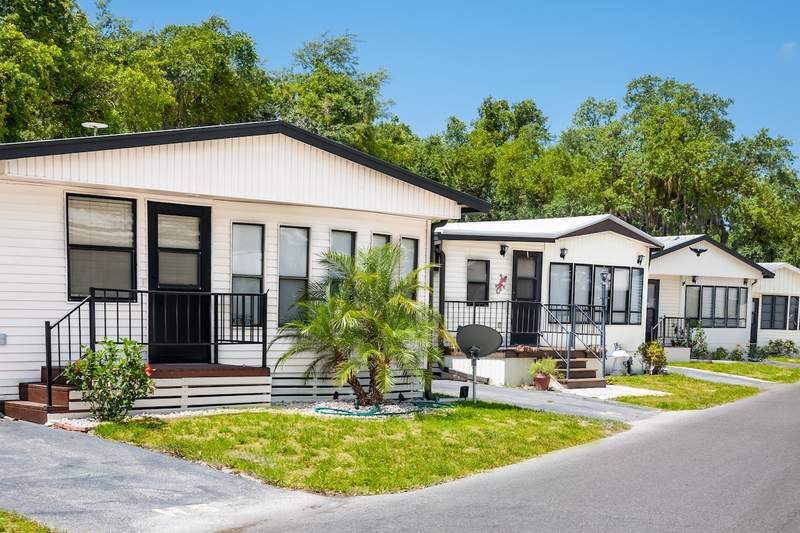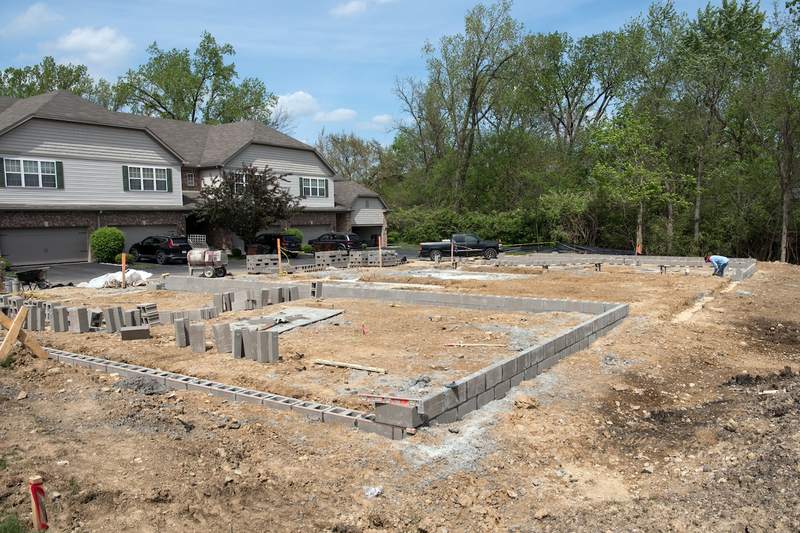

VA loans are a type of home loan meant to help veterans, active-duty service members and qualifying spouses find affordable housing and mortgage financing.
If you’re an active-duty service member, reservist, National Guard personnel, veteran or qualifying surviving spouse who can secure a certificate of eligibility, you may benefit from a low – or even a zero – down payment, limited closing costs, lower mortgage rates and no mortgage insurance requirement when financing through the VA home loan program.
As a borrower, you’ll also need to make sure you understand and follow the VA loan occupancy requirements.
Let’s take a closer look at what the VA loan occupancy requirements are and what exceptions are allowed.
One occupancy requirement of VA loans is that you can’t use the real estate property as a second home, vacation home or investment property. When you apply for and close on your VA loan, you’ll need to certify to your lender in writing that you’ll be using the property or home as your primary residence.
You must also agree to move into your new home within a reasonable time – i.e., 60 days after loan closing. The Department of Veterans Affairs (VA) does exempt some occupancy types from this “reasonable time” requirement to accommodate deployment, active-duty status, temporary assignments and other factors that are specific to active military members and their families.
Under VA Form 26-1802a, the VA will require that you live in your home for at least a year as your primary residence. But you’ll also be provided with instructions should you need to move, sell or rent the property before the end of the first year of homeownership.
During the VA loan application process – and when you close on your home purchase – you’ll be required to sign VA Form 26-1820 and VA Form 26-1802a. These two documents indicate that you, as the home buyer, intend to personally reside in the house as your primary residence and use the property as your main address.
This is usually all the certification the VA requires unless the VA or your lender has a reason to question your occupancy. In those cases, the lender will need to determine whether you’re occupying the property as intended.
Discover a more affordable loan option for United States Veterans, Service Members and spouses.
You may find that you need more than 60 days to begin occupying your new home after you’ve closed on the loan. If your circumstances qualify, the VA may allow for an exception to its occupancy requirements.
However, the VA generally doesn’t allow a specific date of occupancy beyond 12 months. So if you, a spouse or a dependent can’t move into your home within 1 year, you’ll probably need to wait to apply for a VA loan or use another type of mortgage.
If you’re actively deployed – or temporarily assigned to a military post or non-military job far away from your permanent location – you can still meet the VA loan occupancy requirements if your spouse is able to occupy the home within 60 days.
You can also have your child or other dependent live in your VA loan–backed primary residence if you’re unable to occupy the home within 60 days.
However, to satisfy the occupancy requirement, the dependent’s legal guardian – or your attorney – will need to certify in writing that the dependent will be residing in your home.
As a military service member, your home occupancy will likely be interrupted by active-duty deployment or temporary assignments. While you may not be able to reside in your home on a daily basis, intermittent occupancy is allowed so long as you:
Some qualifying circumstances and living situations may make it difficult – if not impossible – for you to occupy your home before the 60-day mark.
If you can let your lender know the event that’s preventing you from moving into your home during the reasonable time frame and provide a specific date for when you can assume occupancy, you may qualify for one of the following exceptions:
Once repairs and improvements are completed, you’ll be required to use the home as your primary residence – you can’t sell, rent or use the property as a second home or vacation home. If you’re taking out a VA cash-out refinance, you’ll need to continue using the home as your primary residence.
You can qualify for an occupancy delay on a home you plan to move into after you retire so long as you:
You can rent out your VA loan–financed property if you’ve resided in the home for 12 months or received a new assignment before the year mark in a location that’s too far from your primary residence to commute.
The tenant doesn’t have to be a service member nor do they need to be employed by the military.
Let’s say you’ve been reassigned to a new duty station, and you want to keep renting out your existing home while you purchase a home in your new permanent location.
You can take out a VA Streamline Refinance — also known as a VA Interest Rate Reduction Refinance Loan (IRRRL) – which can help decrease your monthly payment by either lowering your interest rate or switching your mortgage from an adjustable-rate mortgage (ARM) to a fixed-rate mortgage.
With a VA IRRRL, you become exempt from the VA occupancy rules that state you must continue using the property as your primary residence. This will allow you to apply for another VA home loan without selling your existing home.
To apply for a VA Streamline Refinance, you’ll need to have made mortgage payments for 6 consecutive months on your existing property.
The VA loan program offers many benefits to help military veterans, active service members, reservists, National Guard personnel and qualifying surviving spouses in their journey to become homeowners or refinance their primary residence.
In addition to you qualifying for a VA loan, though, your specific circumstances will also need to meet the VA loan occupancy requirements. So it’s important that you know how soon you’re required to move into your home, how long you’ll need to reside there before selling or renting, and what happens if you’re deployed or reassigned to a temporary or permanent position in another state or country.
If you’re curious what you qualify for, starting a mortgage application can help you determine what financing options you’re eligible for and how much home you’re approved for.












LMB Mortgage Services, Inc., (dba Quicken Loans), is not acting as a lender or broker. The information provided by you to Quicken Loans is not an application for a mortgage loan, nor is it used to pre-qualify you with any lender. If you are contacted by a lender or broker advertising within our network, your quoted rate may be higher depending on your property location, credit score, loan-to-value ratio, debt-to-income ratio, and/or other factors. Quicken Loans does not offer its matching services in all states. This loan may not be available for all credit types, and not all service providers in the Quicken Loans network offer this or other products with interest-only options. The information that we provide is from companies which Quicken Loans and its partners may receive compensation. This compensation may influence the selection, appearance, and order of appearance on this site. The information provided by Quicken Loans does not include all financial services companies or all of their available product and service offerings. Article content appears via license from original author or content owner, including Rocket Mortgage.
Note: Actions on this website are recorded for quality assurance or training purposes. Input of data constitutes consent.
Quicken Loans is a registered trademark of Rocket Mortgage, LLC, used under license by LMB Mortgage Services, Inc.
LMB Mortgage Services, Inc. | NMLS #167283
4859 W Slauson Ave #405 Los Angeles, CA 90056